This is the only 1972 Plymouth GTX you’re ever likely to see because it’s the only one that was made. And it wasn’t made by Plymouth, it was made by Gary and Pam Beineke using formerly top secret images from the Chrysler archives.
This car was originally designed by John Herlitz in 1968 and full scale mockups were made, but by the early 1970s muscle cars were falling from favor and the car wasn’t approved for production. The clay models had been destroyed and all that remained of the design was a few photographs tucked away in a filing cabinet.
Fast Facts – The 1972 Plymouth GTX
- The Plymouth GTX was a muscle car produced by the Plymouth division of Chrysler Corporation from 1967 to 1971. The GTX name did continue on the 440 V8-equipped cars until 1974, as a version of the Road Runner called the Road Runner GTX.
- The GTX was originally introduced as a high-performance version of the Plymouth Belvedere, with a more luxurious interior and smoother ride than some of its more hard-edged muscle car counterparts.
- The vehicle was powered by a range of V8 engines, including the ever popular 440 cubic inch V8 and the famous 426 cubic inch Hemi V8, which were among the most powerful engines available in an American production car at the time.
- Over the years, the GTX received various engine and styling updates, including a new body style in 1970. A planned 1972 Plymouth GTX was axed, even though the styling has been completed and a full scale clay model had been produced.
The Plymouth GTX
The Plymouth GTX is a muscle car that was produced by the Plymouth division of Chrysler Corporation from 1967 to 1971. It was introduced as a high-performance version of the popular Plymouth Belvedere and was marketed as a “gentleman’s muscle car” with good performance, but with a more luxurious interior and smoother ride than some of its more hard-edged counterparts.
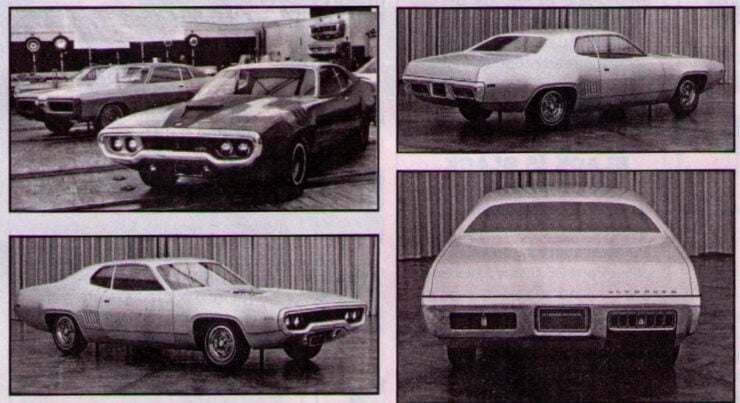
These are some images of the Plymouth GTX full scale models from the late 1960s. After discussing the designer John Herlitz, Gary and Pam Beineke combined the designs into a single car.
When it was introduced the GTX was available in two-door hardtop and convertible body styles and was powered by a 440 cubic inch V8 engine that produced 375 horsepower. It also featured heavy-duty suspension, power brakes, and a floor-mounted four-speed manual transmission as standard equipment.
In 1968, the GTX received a facelift and a new optional engine – the legendary 426 cubic inch Hemi V8 that produced 425 horsepower. The Hemi was claimed to be the most powerful engine available in any American production car at the time, and it gave the GTX serious street cred among muscle car enthusiasts.
Over the next few years, the GTX continued to evolve with various engine and styling updates. In 1969, the car received a new front-end design and a new optional engine – the 440 Six Pack, which featured three two-barrel carburetors and produced 390 horsepower.
In 1970, the GTX received a completely new body style and a revised engine lineup that included the 440 Six Pack and the 426 Hemi, which was now rated at 425 horsepower.
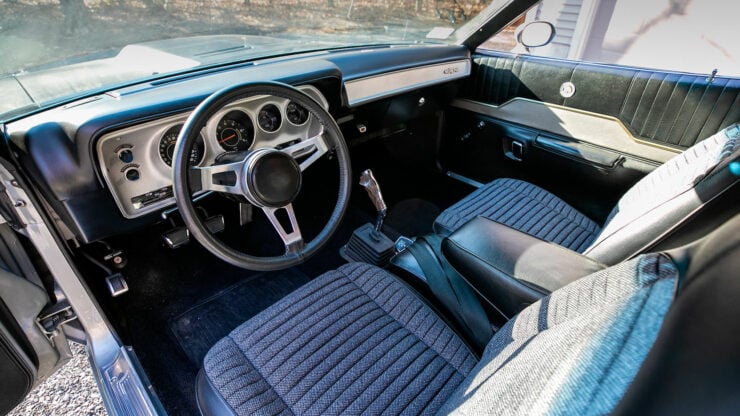
The interior is all period correct, the car has a custom steering wheel and a pistol grip shifter between the two front bucket seats.
Sadly by the early-1970s it became clear that the muscle car era was coming to an end, and by 1971, rising insurance rates and tightening emissions regulations had taken their toll on the high-performance car market in the United States.
For 1972 the GTX name was relegated to what was essentially only an option package, called the Road Runner GTX. Any Road Runner that was ordered with the 440 V8 received Road Runner GTX badging, and this continued until the model was phased out in 1974, in the dark shadows of the 1973 Oil Crisis.
There were rumors of a potential comeback for the GTX in the late 1990s however a production car never materialized.
The 1972 Plymouth GTX Shown Here
The car you see here is the only one of its kind in the world, it’s a 1972 Plymouth GTX but as mentioned further up, it wasn’t actually built by the Chrysler Corporation.
Each year the husband and wife team of Gary and Pam Beineke build one car. And not just any car, but a car that previously existed only in the Chrysler archives. They find original drawings and images of planned models that never made it into production, and then they painstakingly build the car themselves.
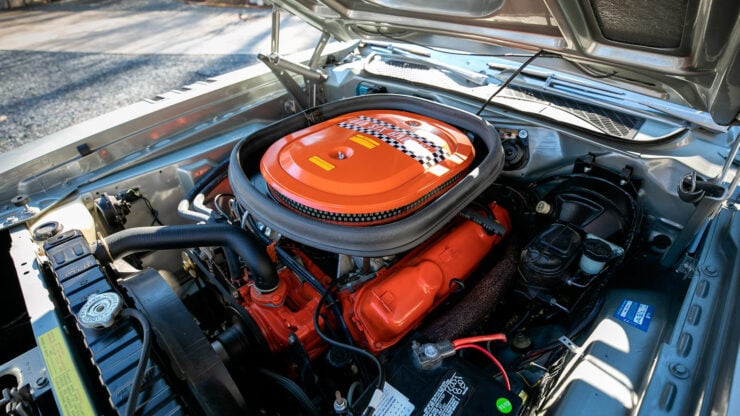
This is the 440 Six Pack, it’s a 440 cubic inch V8 that breathes through three two-barrel carburetors and makes 390 bhp.
Interestingly this work isn’t their full time job. Gary is an attorney and a registered contractor, and Pam is a registered nurse who works in the operating room. They call the series of cars that they have built “What If’s” – and they do it all on nights and weekends while holding down full time jobs.
The couple first came across the planned 1972 Plymouth GTX when looking over the uncovered archive items discovered by Steve Juliano. This car was designed by John Herlitz and it was far from just a stying exercise, multiple full scale models were made and it did seem for a time as though it would be the successor to the 1971 Plymouth GTX.
Sadly it was not to be. The perfect storm of increasing emissions restrictions and crash safety regulation combined with soaring insurance premiums on muscle cars resulted in demand dropping significantly by the early 1970s.
By the time of the 1973 Oil Crisis, with its sky high gasoline prices, automakers were already focusing on smaller and more fuel efficient vehicles.
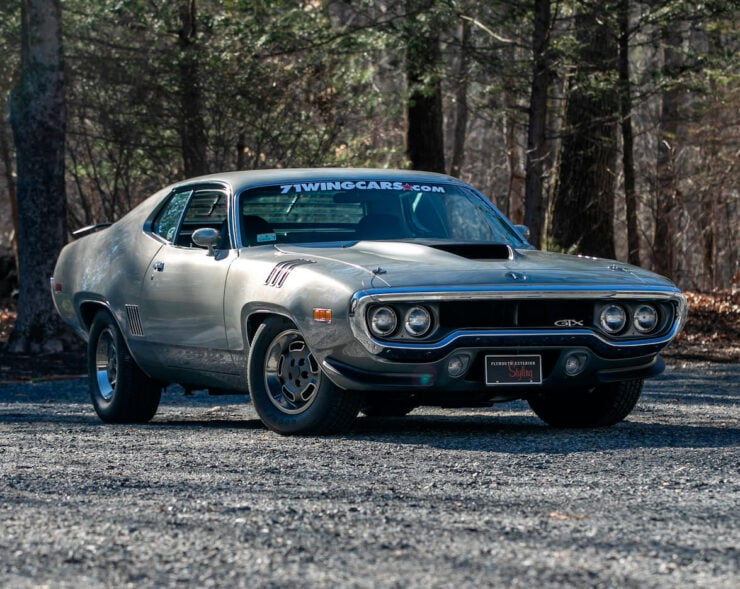
There’s no denying that, if this car had made it to market originally, it would today be viewed as one of the most collectible muscle cars of the time.
The GTX name did live on for a short time, as part of the aforementioned Road Runner GTX package on 440 V8 equipped cars, but it was killed off as a free standing model after 1971.
Gary and Pam Beineke took it upon themselves to right this wrong. They sourced a 1971 Road Runner and set to work creating the car that Herlitz had designed all those years ago in the late 1960s. They poured over the images of the long destroyed models, and they were able to discuss their work with Herlitz her offered them guidance on what the production ’72 GTX would have looked like.
They completed the car back in 2009 and it quickly became a darling of the show circuit. It’s now due to roll across the auction block with Mecum in mid-May. The car presents in excellent condition throughout and as you would expect it’s powered by a 440 Six Pack with a manual transmission.
If you’d like to read more about it or register to bid you can visit the listing here.
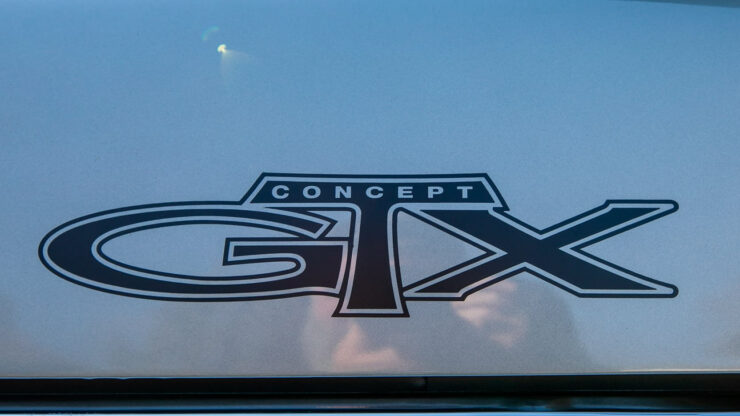

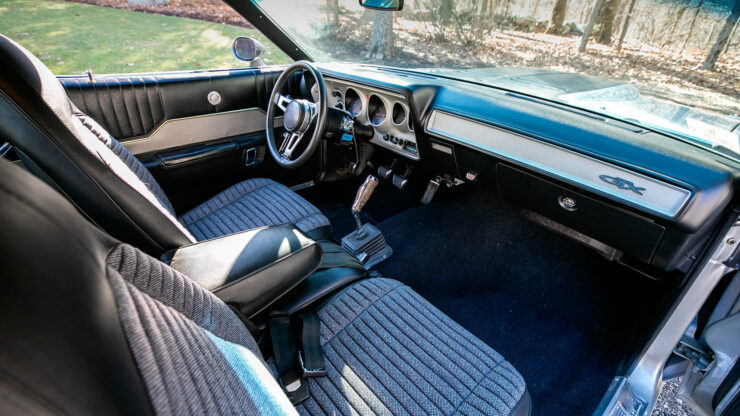
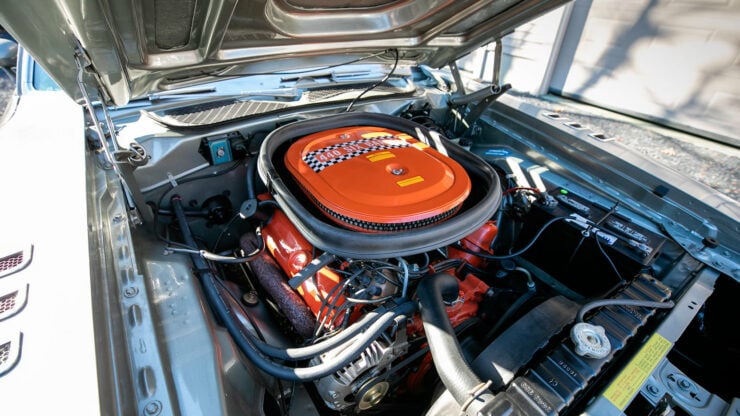
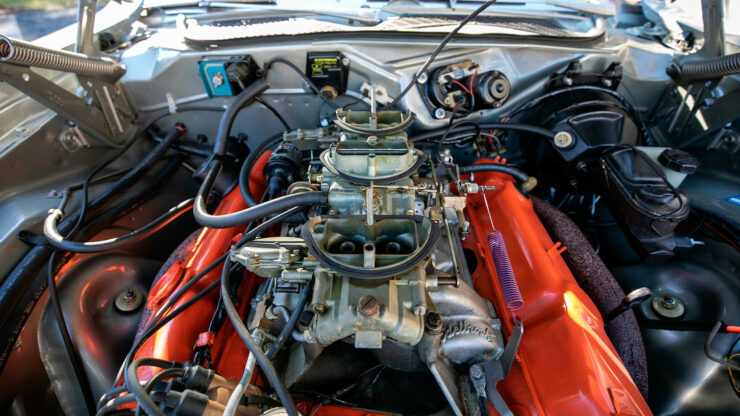

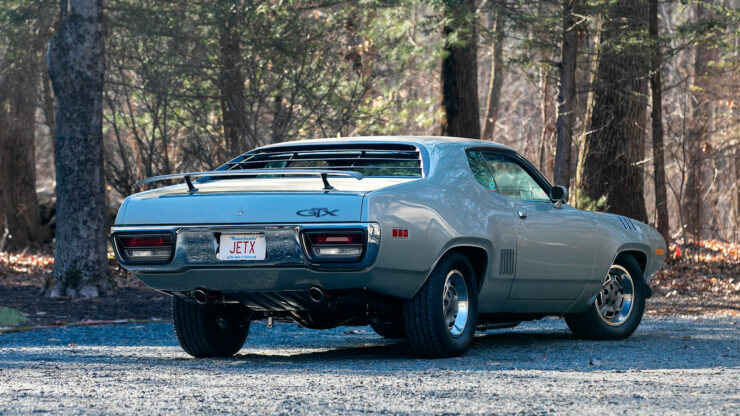
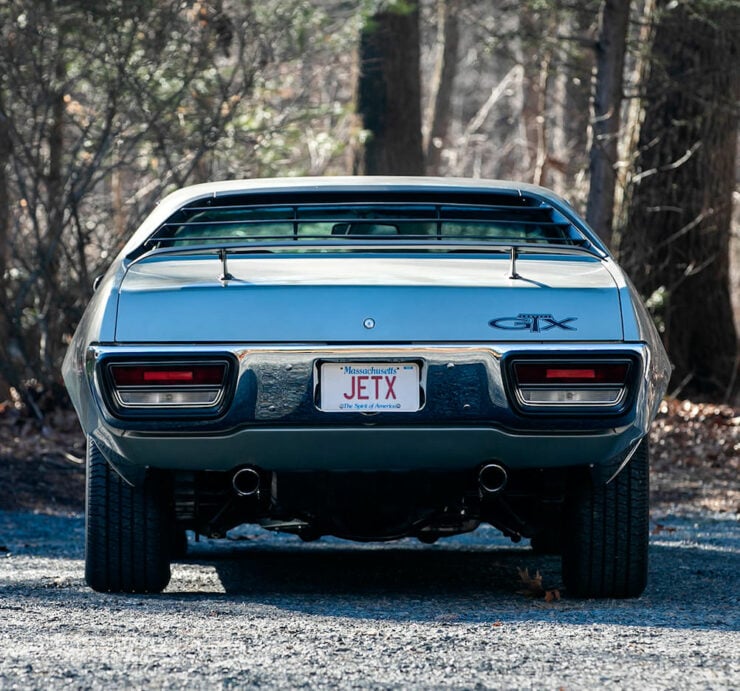
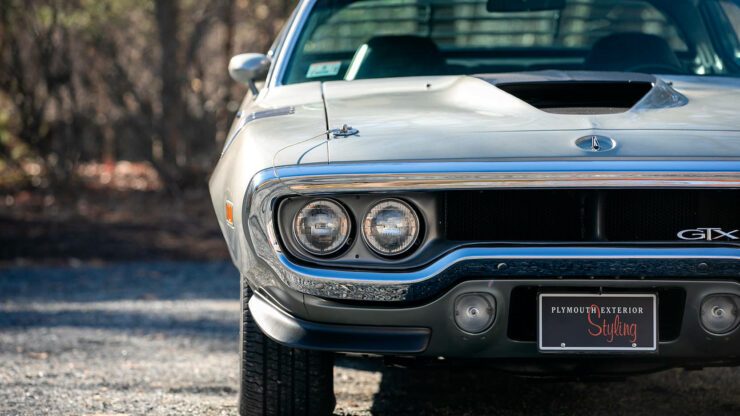
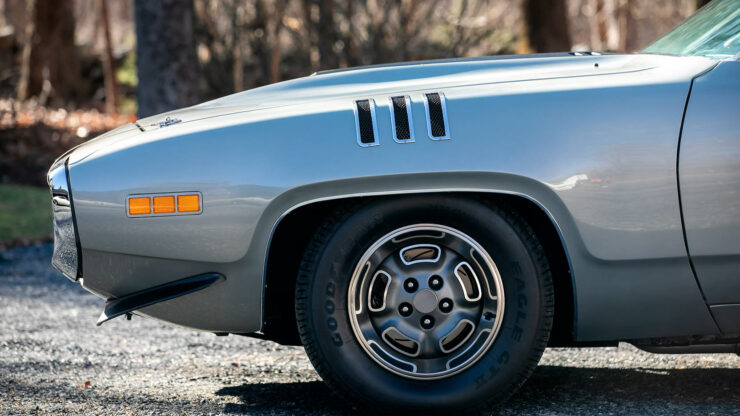
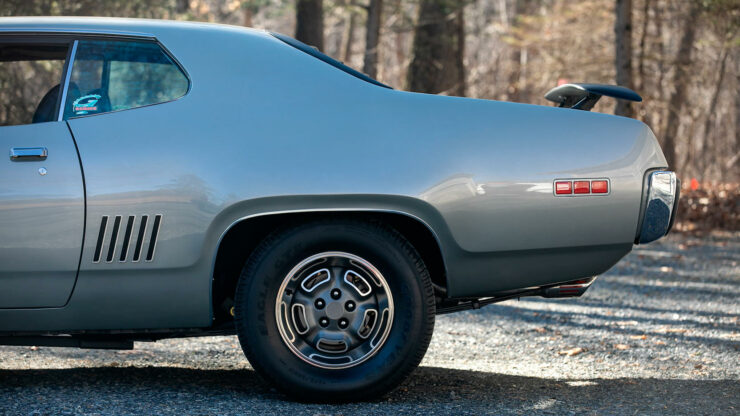
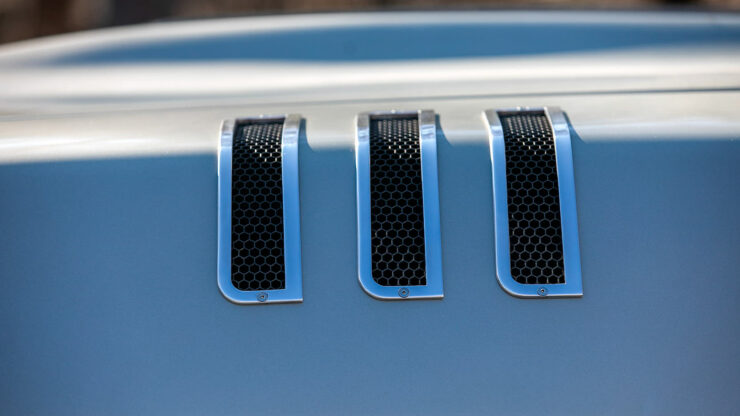
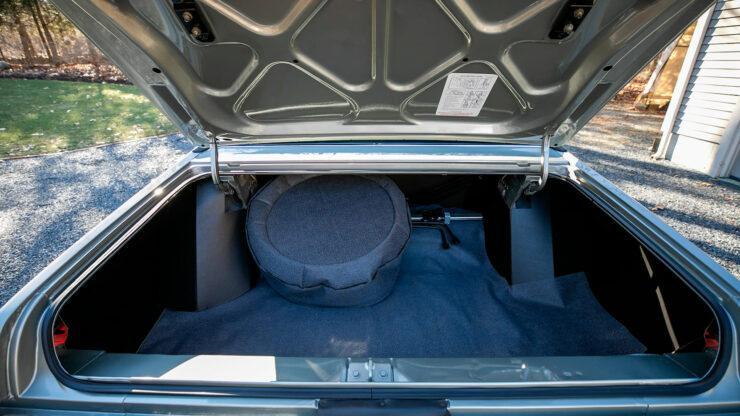
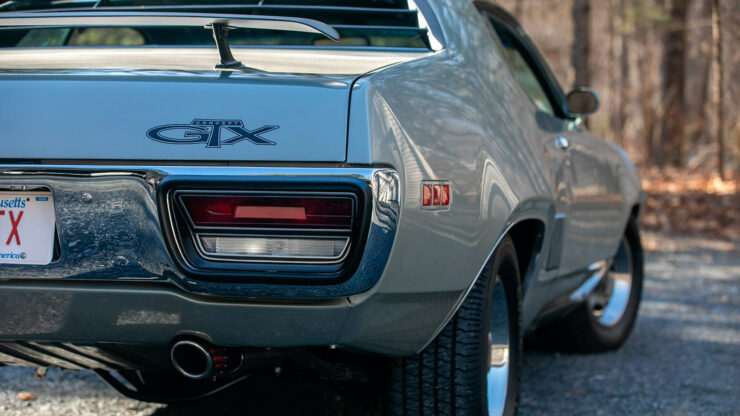
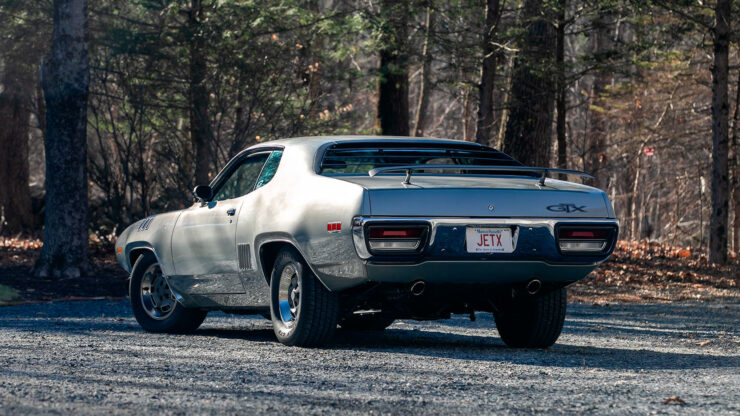
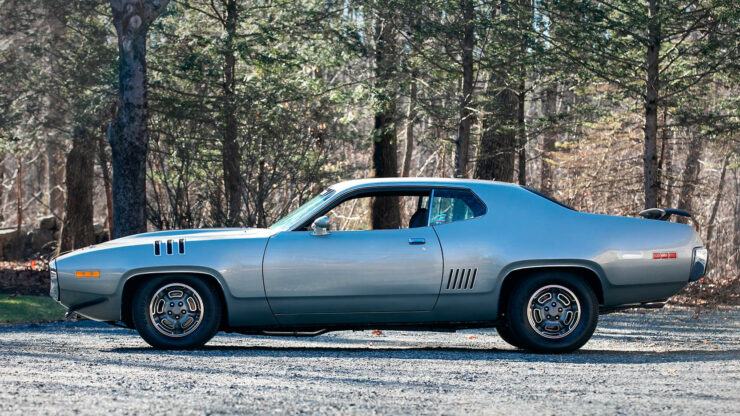
Images courtesy of Mecum
The post A Concept Car Brought Back From The Dead: The 1972 Plymouth GTX appeared first on Silodrome.
from Silodrome https://silodrome.com/plymouth-gtx-car/
via gqrds